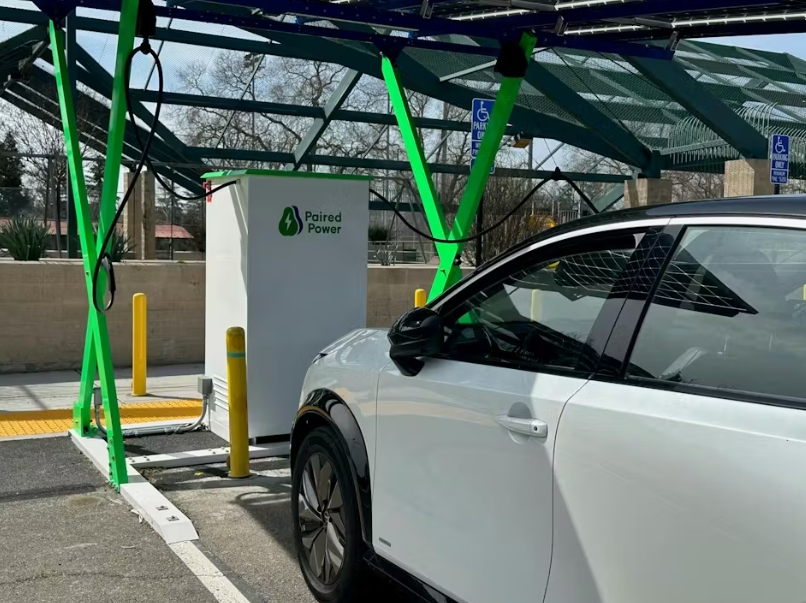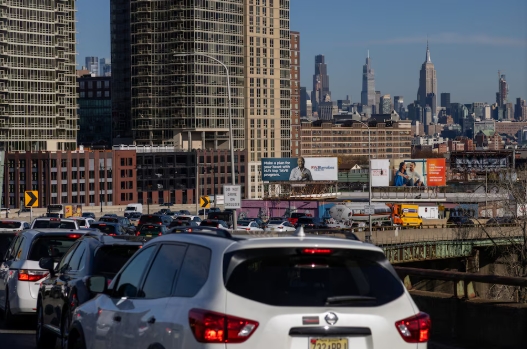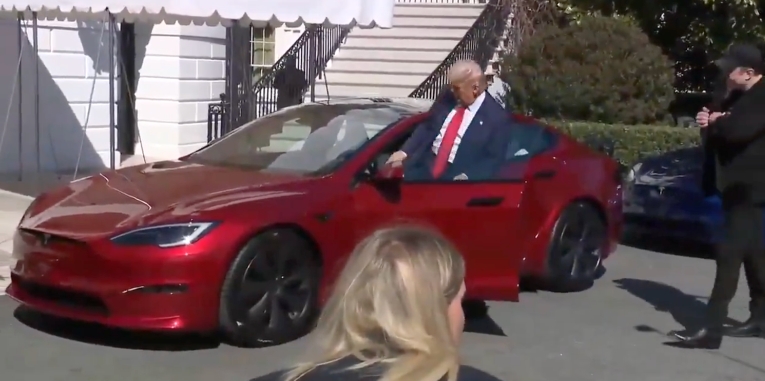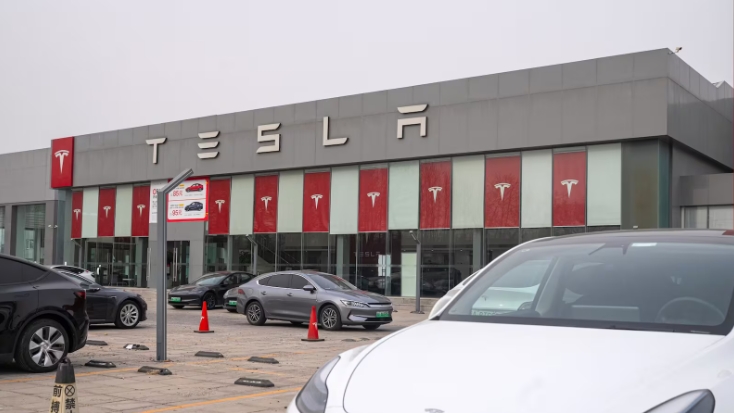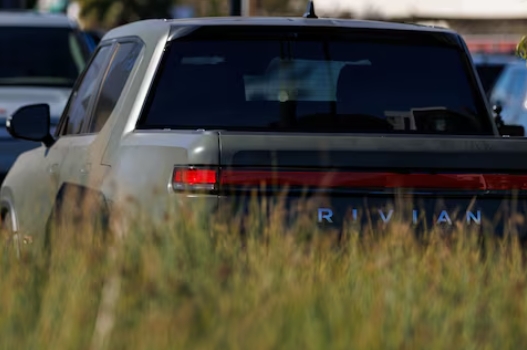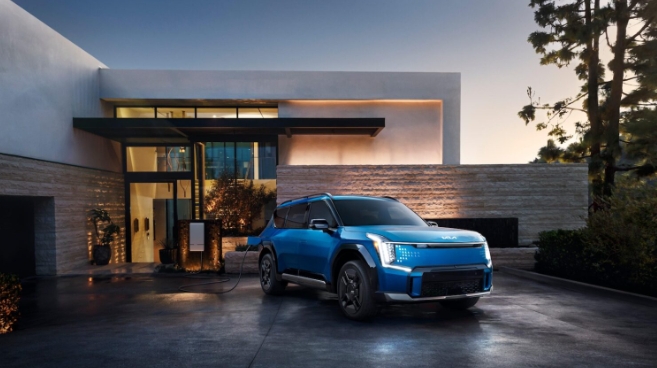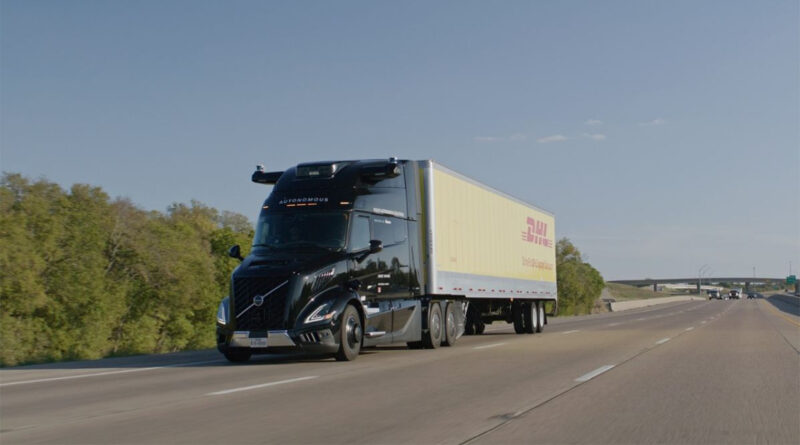
The start of operations marks a critical phase in validating the full ecosystem required for autonomous transport at scale. At this stage, a safety driver will be present to monitor performance and ensure seamless integration into existing logistic networks. Freight will initially be hauled on two routes — Dallas to Houston and Fort Worth to El Paso.
A Strategic Alliance for Autonomous Innovation
“Early adopters play a pivotal role in accelerating the deployment and acceptance of autonomous technology, enabling us to validate both safety and operational performance,” said Sasko Cuklev, the head of on-road solutions at Volvo Autonomous Solutions. “Our collaboration with DHL Supply Chain exemplifies the potential of autonomy as a complementary mode of transport that increases freight capacity and optimizes supply chain efficiencies.”
Jim Monkmeyer, President of Transportation for DHL Supply Chain North America, added, “Autonomy is a key enabler in advancing the digital transformation across the logistics sector by providing reliable long-haul capacity. Our long-standing partnership with Volvo has been instrumental in aligning their autonomous transport solutions with our 24/7 operational demands. Volvo’s legacy of safety and relentless pursuit of innovation make them an ideal partner in our journey to elevate trucking efficiency and deliver greater value to our customers.”
Volvo’s reputation is built on its long-standing commitment to safety. The Volvo VNL Autonomous is designed from the ground up with built-in redundancy for critical systems. In autonomous trucks, redundancy replaces the backup provided by a human driver with systems that can automatically take control in those rare cases when the primary systems encounter an issue, ensuring safe operations.
This safety approach is further strengthened by Volvo’s close partnership with Aurora, whose sophisticated and robust technology enables the Volvo VNL Autonomous to safely navigate the world around it. The Aurora Driver is equipped with powerful sensors, including high-resolution cameras, imaging radar, and proprietary long range lidar. In combination, those systems allow for safe autonomous operations at highway speeds.
An Ecosystem Approach To Autonomy
“As part of the Volvo Group, we have access to industry leading product development, world-class manufacturing and a mature dealer and service network,” said Nils Jaeger, president of Volvo Autonomous Solutions. “For a large scale deployment of autonomy, in addition to the autonomous truck, there also needs to be a cohesive and seamless support network of surrounding infrastructure, which creates a comprehensive autonomous ecosystem that enables daily operations.”
To ensure that future autonomous fleets will be able to perform as required when needed, Volvo Autonomous Systems has leveraged the industry and transport knowledge of key Volvo Trucks’ dealers across Texas to establish critical support and service points for the Volvo VNL Autonomous. That autonomy is set to revolutionize the transport industry by lowering operational costs, increasing efficiency, and enhancing safety. With 24/7 capabilities, autonomous transport can accelerate delivery times and optimize supply chains, promoting a more resilient transport network.
“Autonomous trucks can also offer drivers new opportunities, such as remote monitoring and management of fleets while also addressing ongoing labor challenges,” stated Monkmeyer. “Additionally, autonomous trucks can reduce the physical and mental strain on drivers, leading to improved quality of life and increased job satisfaction.” Strategic partnerships like that between Volvo Autonomous Systems and DHL Supply Chain are essential for leveraging resources and expertise to earn regulatory and public trust and acceptance of autonomous technologies. Ultimately, it will make it possible to deliver on the full promise of autonomous operation in the freight hauling industry.
Daimler Is In The Autonomous Truck Game As Well
Daimler Truck is also seeking to be a leader in the transformation to sustainable transportation and addressing the challenges of tomorrow. The company is pursuing a vision of zero emissions and increased road safety by combining the two most promising technologies to deliver on that vision — battery electric drive and integrated autonomous driving technology — in one semi-truck for the first time in its history. The result is the autonomous Freightliner eCascadia technology demonstrator.
The truck is based on a production battery electric Freightliner eCascadia and is equipped with Torc’s autonomous driving software and the latest Level 4 sensor and compute technology. This will eventually enable Level 4 autonomous driving. Torc Robotics is Daimler Truck’s independent subsidiary for autonomous virtual driver technology. While still a research and advanced engineering project, the autonomous vehicle has the potential to evolve into a modular, scalable platform that is propulsion agnostic for flexible use in different trucking applications. The goal is to offer customers a choice of the right vehicles for their specific business and transportation needs.
“By combining zero-emission and autonomous technologies in one product, we are testing solutions for challenges our customers are likely to face in the future,” said John O’Leary, president and CEO of Daimler Truck North America. “We want to give them choices that allow them to do what they do best: keep the world moving today and well into the future. That takes a lot of foresight, questioning, testing, learning, improving and co-creating with our customers years in advance to ultimately find the right solution. This truck is a great example of the beginning of that development process.”
Joanna Buttler, Head of Global Autonomous Technology Group at Daimler Truck, added: “Together with Torc, we are making significant progress towards introducing autonomous trucks in the U.S. by 2027. While we target autonomous trucks with conventional propulsion technology for this first market launch, we always look further into the future. We will employ an iterative approach to the development, testing and optimization of autonomous-electric technology, while exploring the most promising use cases in collaboration with our fleet customers.”
The Takeaway
Don’t confuse autonomous trucks with robotaxis. They are designed for long distance travel on limited access highways, not for negotiating city traffic with pedestrians and bicyclists in the mix. The goal is to reduce driver fatigue and increase highway safety. We have been hearing about self-driving trucks for several years, but they have not been meet with wide acceptance — yet. That day may be getting closer as new technologies become available.
